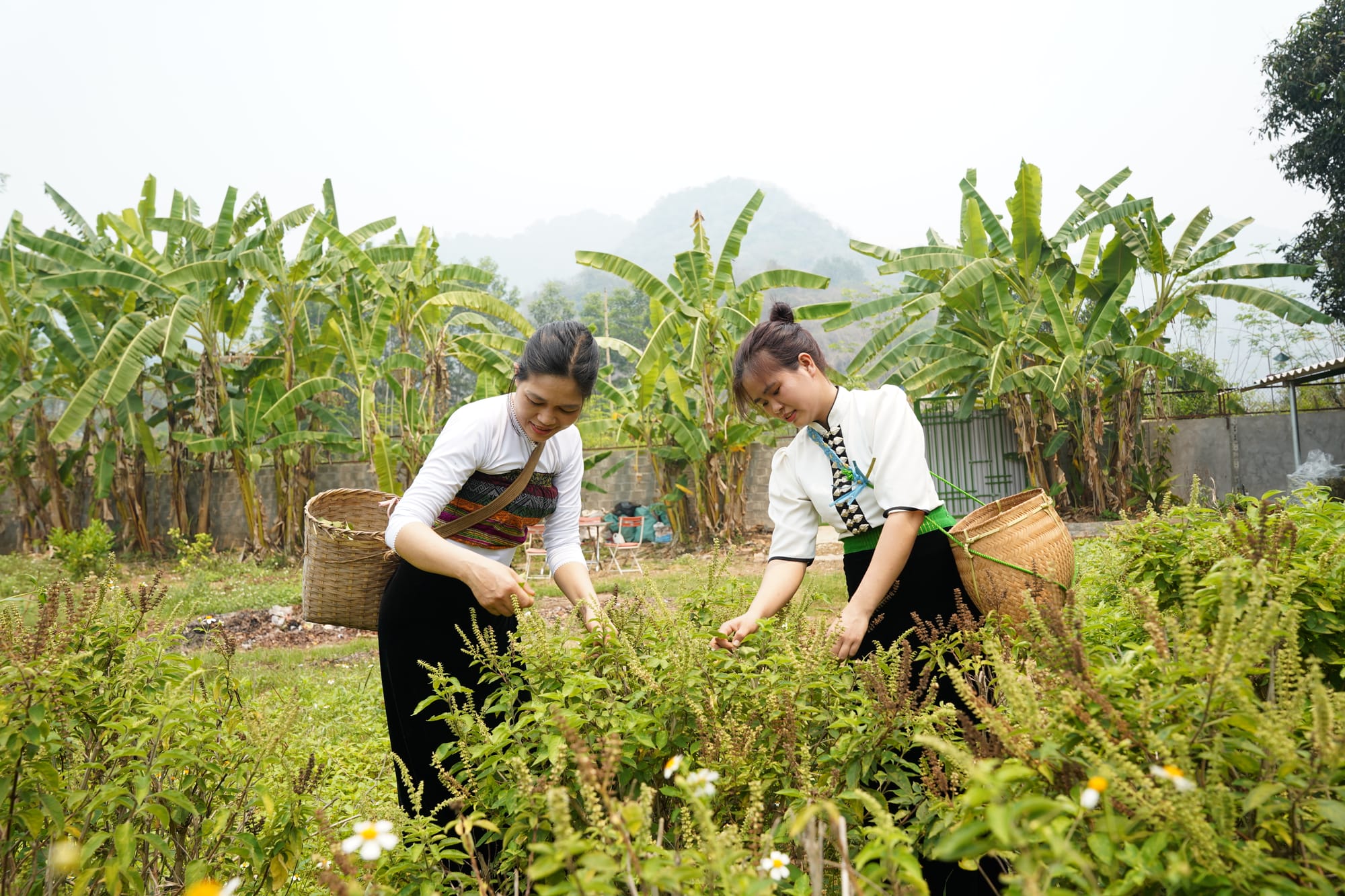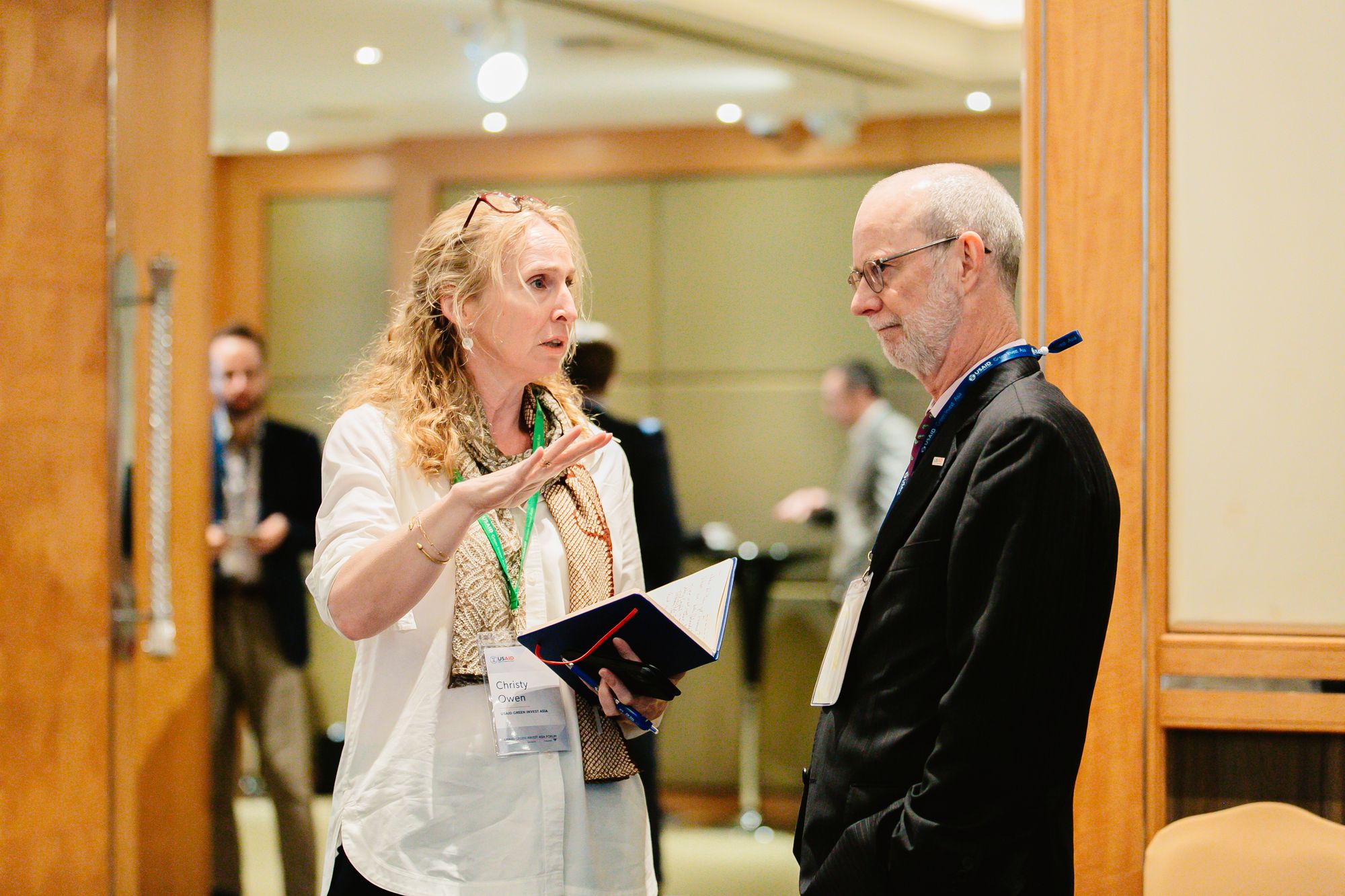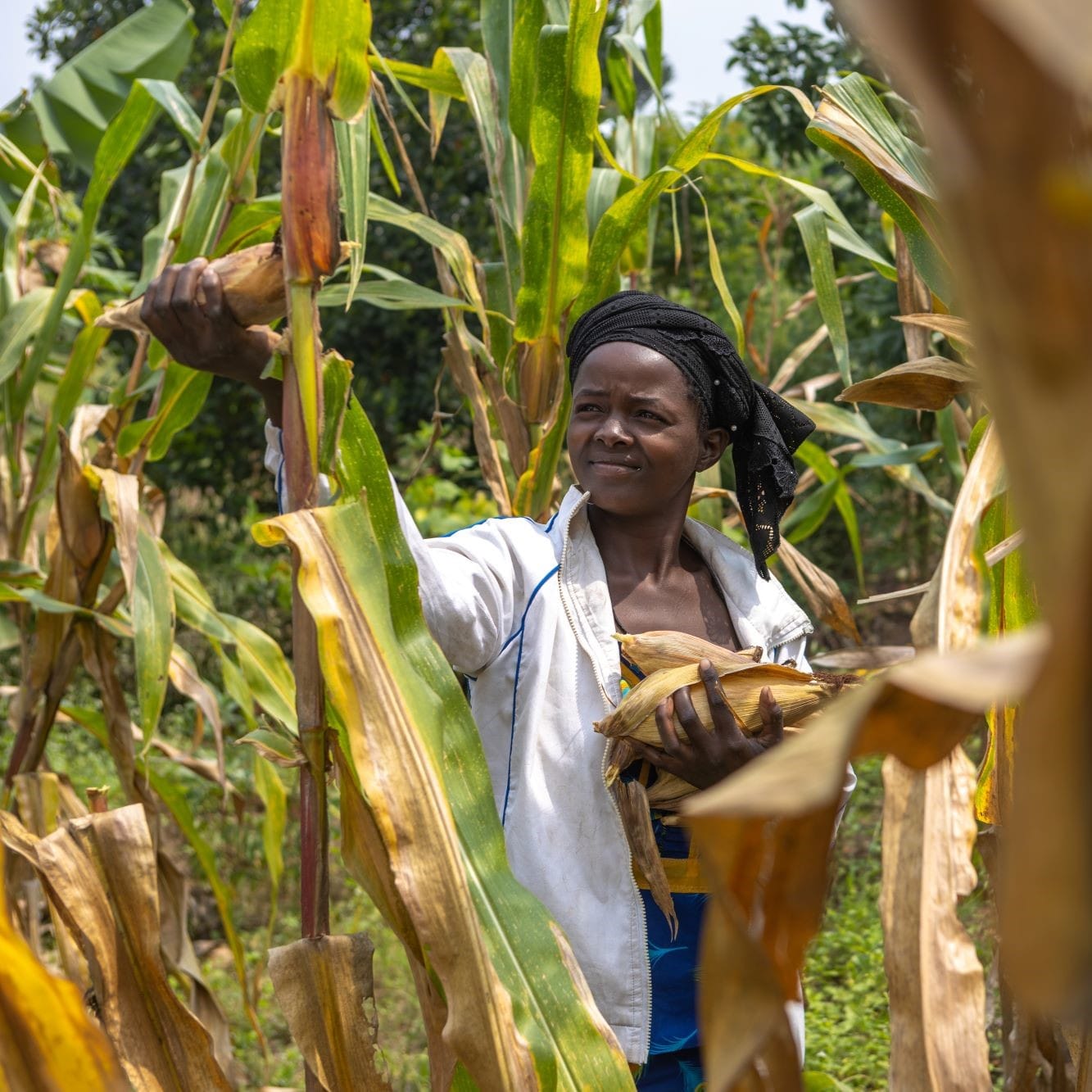The promise of land rights in developing countries goes something like this: Once an individual has secured land and property rights, he or she is more empowered and more able to participate in the economic growth of his or her community. Add in the multiplier effect and voila—a developing country begins to move toward economic growth and stability.
Of course, nothing in global development is quite that simple. The U.K. Department for International Development (DFID) has been a leader since 2000 in helping lower-income countries develop more robust and efficient land administration systems. DFID’s approach to land tenure regularization (LTR) has now been adopted and implemented in Ethiopia, Mozambique, Nigeria, Rwanda, and Tanzania. In Guyana, DFID assisted in the transition of the land administration to an autonomous administrative body with financial sustainability—part of this task was the regularization of leasehold lands and rehabilitation of the leasehold registry.
Overall, DFID programs have issued more than 20 million individual or joint land titles across Ethiopia, Nigeria, Rwanda, and Tanzania, and 1,400 community titles in Mozambique. Critically, more than 50 percent of the beneficiaries have been women. The process and methods used have proved particularly successful in helping women achieve more secure land rights. Formal land market activity has increased in areas of implementation and LTR methods have helped to significantly reduce localized disputes and wider conflicts related to land.
.jpg)
Ethiopian land holders with their new certificates. Photo: DAI.
While these achievements are notable, land reform has ongoing challenges and understanding these headwinds is critical to the design and implementation of future programs. In particular, the expectations of governments and donors regarding what can be achieved through support to LTR and land administrations needs to be balanced against the need for complementary programs that are necessary to achieve real change. As with many development programs, sometimes outcomes take decades to become evident. This is especially true of the land sector.
In 2014, DFID launched the Land: Enhancing Governance for Economic Development (LEGEND) project to mobilize knowledge and capacity in design and implementation of country programs, improve inclusive land governance and economic development, and scale land and property rights.
The Overseas Development Institute (ODI) team at LEGEND recently requested that DAI review the six large-scale land projects that took place in the countries mentioned above.
DOWNLOAD THE FULL REVIEW
Here are nine key takeaways from the review:
1. Don’t go it alone. If successful, LTR provides individuals and groups with secure land and property rights, which in turn, provide the basis for increased economic growth, better access to credit, increased investment, and more land market activity. LEGEND found that while there is some positive correlation have, LTR programs must have complementary market systems or financial access components to yield these beneficial outcomes. For example, the Ethiopia Land Investment for Transformation (LIFT) project, implemented by DAI, not only invests in low-cost land certification and policy reforms but also in market system interventions to maximize impacts on land investment and productivity.
2. Iron out, not ignite. Disputes over ownership of land and access to natural resources can often ignite or exacerbate social and political instability. LTR processes, applied in a participatory manner to clarify access rights and the ambiguities of boundaries, bring dispute issues into focus within a community and facilitate routes to evidence-based mediations and eventual resolution. LTR processes have also addressed gender and social inclusion by promoting greater transparency and equal access to land rights. Women’s empowerment and decision making on land use and investments has also demonstrated a range of benefits associated with the household at large. LIFT has specifically boosted women’s economic empowerment, with 89 percent of titles issued to female household members listed jointly or individually.

A workshop and discussion about women's land rights. Photo: DAI.
3. Think long term. To increase transparency, reduce corruption, and raise revenues, land registries must be accurate and secure with proper investments made to ensure the system and capacity meet requirement in the long term. In the Rwanda Support for Land Tenure Regularisation program, taxes and fees associated with LTR have generated $3.4 million in 2017–2018 and this is expected to double in three to five years, which bodes well for sustainability.
4. Government on board. To reach the greatest scale in the most cost-effective manner, strong government commitment and ownership of the process is essential. While government buy-in is a prerequisite for most development programs, issues of land tenure and land administration reform are particularly complex and demanding, usually crossing a diverse range of institutional actors with competing priorities, ranging from inter-ministerial to national and subnational structures and to communities themselves and the customary authorities. Strong government commitment combined with consistent communication and participatory approaches is required for successful project design and implementation. In Rwanda, a two-phased approach proved effective: first strengthening both public and government understanding of the requirements for registration and land administration reform, then progressing to the second nationwide phase and downstream investment.
5. Include all voices. Successful projects incorporate a detailed understanding and assessment of how minority, women, and marginalized groups access and hold land, and how these gender and social parity dynamics intersect with the legal framework. Projects in Rwanda, Ethiopia, and Tanzania all showed that when women’s voices were included in the process, the outcomes were more equitable and provided a platform for women to assert their property rights.
6. Over-communicate. Social inclusion requires effective communication for people to feel informed and included in the decision-making process with key messages being government approved. Messages must include the purpose of LTR, the long-term benefits, and the process and procedures that must be followed to ensure it is sustained.
7. Good systems make good programs. To optimize all of these elements, systems themselves—administered by trained professionals—are paramount. The purpose of land registries is to maintain and provide accurate records of property ownership, ongoing transactions, the value and use of land, and land parcel mutations (subdivisions and consolidations). Once a registry is in place, governments may use revenues generated by fees for the service to cover costs and promote further investment in the services. Further, land administration systems should be seen through the lens of supply and demand economics. The demand side requires that land owners utilize statutory or formalized systems, while the supply side is established through a first registration or an LTR program. Post-LTR systems must be sustainable, accessible, and cost-efficient, with sufficient capacity within the institutions responsible. In Rwanda, there are proven benefits to registering transactions, which has generated a significant increase in demand for services.
8. Context matters. LTR and land administration programs are context-specific. One size does not fit all. Land registration is useful when land markets are evolving rapidly or farmers require secure land rights to obtain credit. In other circumstances, strengthening collective rights of community systems by issuing titles to associations or whole communities may be appropriate to ensure security and empower communities to manage their land rights more effectively where development is expanding rapidly. The latter is the system currently adopted in Mozambique.
9. Tech (when it helps). Using low-cost GPS, tablets, and drone technology with customized IT infrastructure can reduce the cost of mapping and recording land rights. However, it is important that technology not hinder nor replace the real benefits that accrue from participatory mapping approaches.
The experience of DFID over the past 20 years has given implementers and governments a solid evidence base on how to achieve more effective land tenure and land administration reform through support to large national programs. Sharing the detail of these lessons is vital to ensure that programs continue to improve in design and implementation for the financial, social, and governance benefit of partner countries.
Clive English is a Land Tenure Specialist and Shannon Vasamsetti is a Global Practice Specialist on DAI’s Environment Team.




